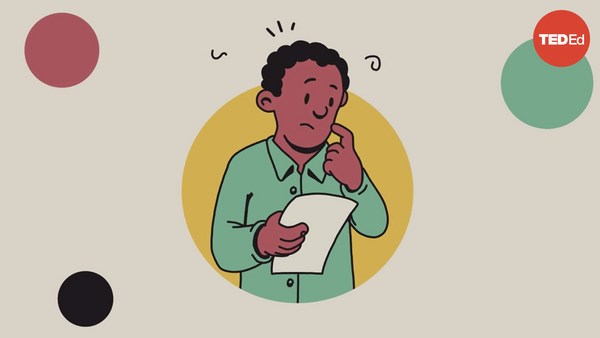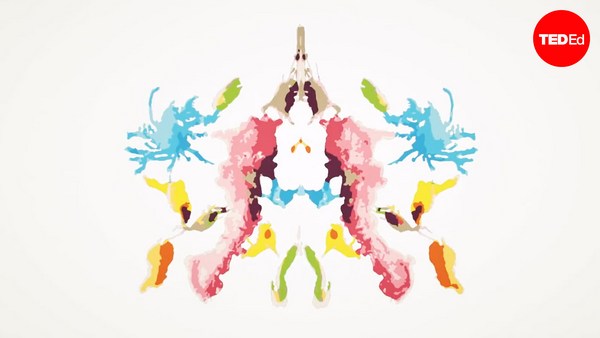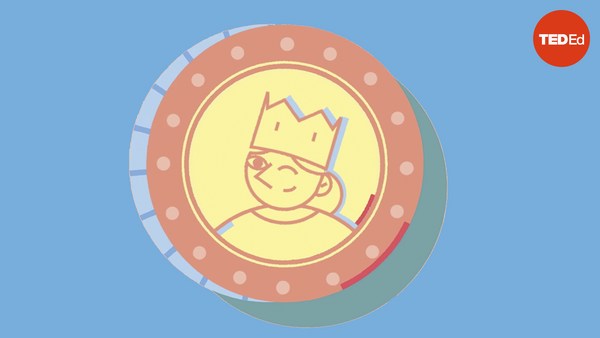In 1942, a mother-daughter duo Katherine Cook Briggs and Isabel Briggs Myers developed a questionnaire that classified people’s personalities into 16 types. Called the Myers-Briggs Type Indicator, or MBTI, it would go on to become one of the world’s most widely-used personality tests.
Today, personality testing is a multi-billion dollar industry used by individuals, schools, and companies. But none of these tests, including the MBTI, the Big Five, the DiSC assessment, the Process Communication Model, and the Enneagram, actually reveal truths about personality. In fact, it’s up for debate whether personality is a stable, measurable feature of an individual at all.
Part of the problem is the way the tests are constructed. Each is based on a different set of metrics to define personality: the Myers-Briggs, for instance, focuses on features like introversion and extroversion to classify people into personality "types," while the Big Five scores participants on five different traits. Most are self-reported, meaning the results are based on questions participants answer about themselves. So it’s easy to lie, but even with the best intentions, objective self-evaluation is tricky.
Take this question from the Big Five: How would you rate the accuracy of the statement "I am always prepared"?
There’s a clear favorable answer here, which makes it difficult to be objective. People subconsciously aim to please: when asked to agree or disagree, we show a bias toward answering however we believe the person or institution asking the question wants us to answer.
Here’s another question— what do you value more, justice or fairness? What about harmony or forgiveness?
You may well value both sides of each pair, but the MBTI would force you to choose one. And while it’s tempting to assume the results of that forced choice must somehow reveal a true preference, they don’t: When faced with the same forced choice question multiple times, the same person will sometimes change their answer.
Given these design flaws, it’s no surprise that test results can be inconsistent. One study found that nearly half of people who take the Myers-Briggs a second time only five weeks after the first get assigned a different type. And other studies on the Myers-Briggs have found that people with very similar scores end up being placed in different categories, suggesting that the strict divisions between personality types don’t reflect real-life nuances.
Complicating matters further, the definitions of personality traits are constantly shifting. The Swiss psychiatrist Carl Jung, who popularized the terms introvert and extrovert, defined an introvert as someone who sticks to their principles regardless of situation, and an extrovert as someone who molds their self according to circumstance. Introversion later came to mean shyness, while an extrovert was someone outgoing. Today, an introvert is someone who finds alone time restorative, an extrovert draws energy from social interaction, and an ambivert falls somewhere between these two extremes.
The notion of an innate, unchanging personality forms the basis of all these tests. But research increasingly suggests that personality shifts during key periods— like our school years, or when we start working. Though certain features of a person’s behavior may remain relatively stable over time, others are malleable, moulded by our upbringing, life experiences, and age.
All of this matters more or less depending on how a personality test is used. Though anyone using them should take the results with a grain of salt, there isn’t much harm in individual use— and users may even learn some new terms and concepts in the process. But the use of personality tests extends far beyond self discovery. Schools use them to advise students what to study and what jobs to pursue. Companies use them decide who to hire and for what positions. Yet the results don’t predict how a person will perform in a specific role. So by using personality tests this way, institutions can deprive people of opportunities they’d excel at, or discourage them from considering certain paths.


